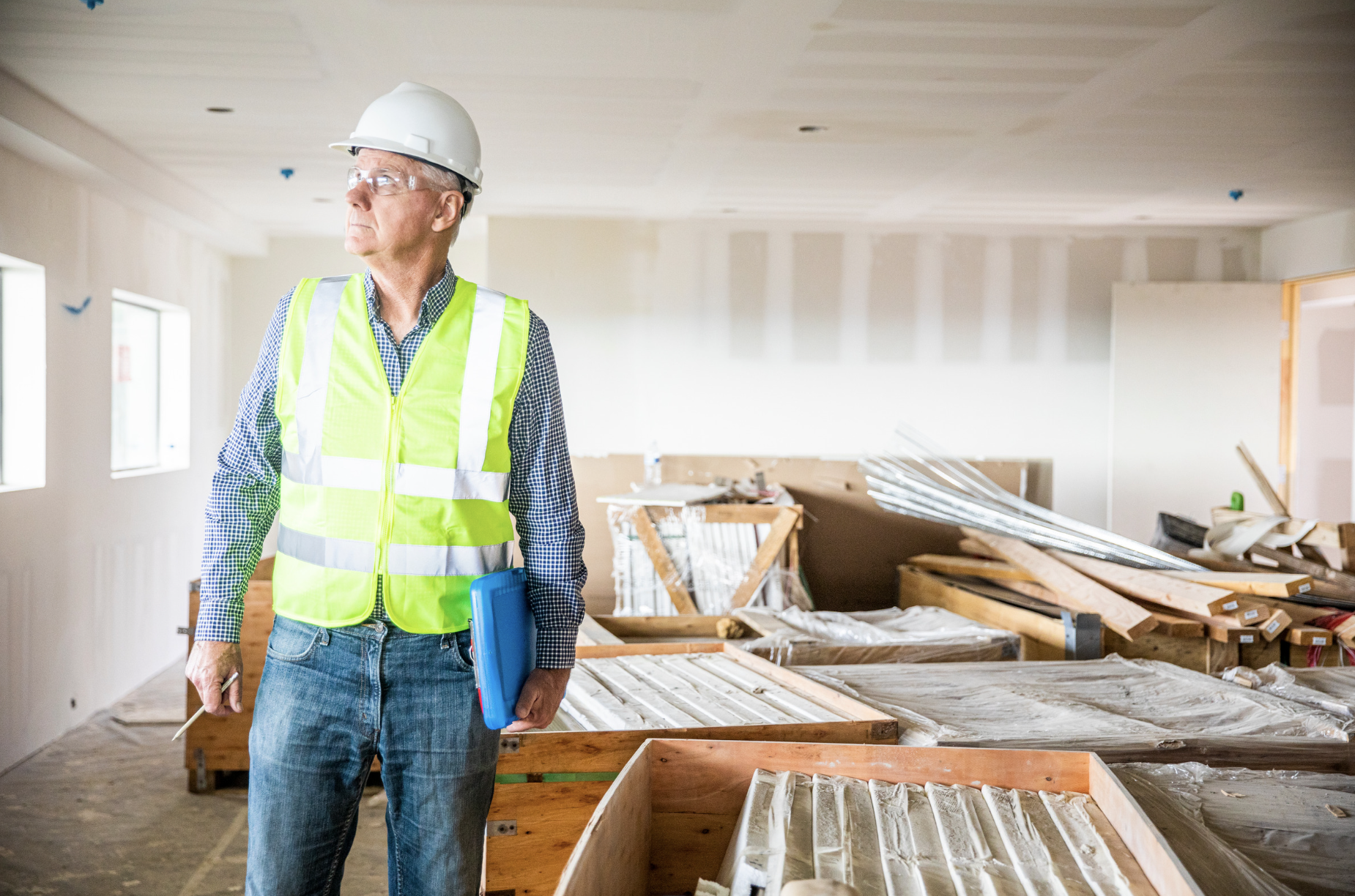
your go-to water restoration team of the greater-olympia area
you’re always covered with our 24/7 emergency services
water extraction
Water extraction is the critical first step in the water restoration process, involving the rapid removal of standing water to minimize damage and prevent mold growth. Using industrial-grade pumps, vacuums, and extraction tools, professionals eliminate excess water from floors, carpets, and other surfaces. This process helps reduce moisture levels, protect structural integrity, and accelerate the drying phase, ensuring an efficient and effective restoration.
demolition + drying
After water extraction, demolition and drying are essential to prevent further damage and mold growth. Severely affected materials like drywall, flooring, and insulation may be carefully removed to eliminate moisture retention. High-powered air movers and dehumidifiers are then strategically placed to dry out the remaining structure, with continuous monitoring to ensure complete moisture removal before the restoration phase begins.
cleaning + restoration
Once drying is complete, cleaning and restoration focus on sanitizing, repairing, and restoring the property to its pre-damage condition. This includes deep cleaning, mold prevention, odor removal, and disinfecting affected areas. Structural repairs, such as replacing drywall, flooring, and fixtures, follow to ensure safety and functionality. The final touches, like painting and refinishing, complete the restoration process, making the space livable again.
love us? leave a review.
how it works
step 1: inspection + assessment
A thorough site inspection and assessment are critical first steps in the water restoration process. This phase involves evaluating the extent of water damage, identifying the source of water intrusion, and determining the appropriate restoration measures.
step 2: drying + restoration
Once the site inspection and assessment are complete, the next phase of water restoration involves drying, demolition, and restoration to mitigate damage and restore the property to its pre-loss condition.
step 3: documentation + invoicing
Proper documentation and invoicing are crucial in a water restoration project to ensure accurate reporting, streamline the insurance claims process, and secure appropriate compensation for services rendered.
get in touch with us today
FAQs
-
We work with a wide range of insurance companies to streamline the water restoration process for our customers. Our team collaborates directly with your insurance provider to ensure a smooth and hassle-free claims process. Whether you’re covered by a major national carrier or a local insurance company, we have the experience and expertise to navigate your claim efficiently. Contact us to verify your coverage and let us help restore your property with minimal stress.
-
The duration of the water restoration process depends on the extent of the damage, the size of the affected area, and the drying time required. In most cases, the process takes anywhere from 3 to 7 days for water extraction and drying. However, if there is significant structural damage or mold remediation is needed, the restoration timeline could extend to several weeks. Our team works efficiently to restore your property as quickly and safely as possible while ensuring quality results.
-
Our team consists of highly trained, certified, and insured professionals who specialize in water restoration, general contracting and carpentry. We follow industry standards and best practices to ensure safe and effective restoration of your property. With the proper certifications and experience, you can trust our experts to handle water damage with precision and care, giving you peace of mind throughout the process.
-
To ensure a smooth and efficient water restoration process, here are a few steps you can take to prepare for our specialists' arrival:
Ensure Safety First – If water damage is severe, check for electrical hazards and turn off the power if necessary. Avoid standing water if you're unsure about safety.
Move Valuables – If possible, remove important documents, electronics, and valuable items from the affected area to prevent further damage.
Clear the Area – Make space for our team to work by moving furniture or belongings away from the affected areas. If needed, our team can assist with this.
Document the Damage – Take photos or videos of the damage before our arrival to assist with insurance claims.
Communicate Special Instructions – If there are any concerns about pets, access points, or specific requests, let our team know in advance.
Our specialists will handle the rest, ensuring a thorough and professional restoration process.




